In today’s hybrid and multi-cloud environments, misconfigurations silently sabotage enterprise digital security. Technology leaders, especially in the platform engineering and cloud space, who oversee digital transformation and cloud-first strategies, know that speed is everything, but speed without visibility is a risk.
Case in point - As per the “IBM Cost of a Data Breach Report 2024”, the global average cost of a breach hovered at about $4.88 million. A whopping 45% of these were cloud-related breaches.
The Misconfiguration Menace
According to Gartner, 99% of cloud security failures will be the customer’s fault, primarily due to misconfigurations. From overly permissive IAM roles to open S3 buckets, security gaps often creep in through default settings, inconsistent policies, or human error.
These vulnerabilities don’t just risk data leaks—they invite compliance violations, reputational damage, and downtime.
Common examples:
- Exposed databases due to public IPs.
- Unrestricted outbound access leading to data exfiltration risks.
- Inactive multi-factor authentication (MFA) on critical accounts.
This is where CSPM becomes your first line of defense
What is CSPM?
Cloud Security Posture Management (CSPM) is a security protocol that helps technology leaders automate the detection, identification, and rectification of security risks and industry compliance violations.
CSPM is catalyzed by the use of tools that help detect, prevent, and remediate these configuration gaps across IaaS, PaaS, and SaaS environments. They offer technology leaders to understand their security posture, implement continuous compliance monitoring, and enforce security best practices—automatically.
.jpg)
What are the key capabilities of CSPM tools?
- Automated discovery of cloud assets and services.
- Policy enforcement aligned to standards like CIS Benchmarks, NIST, and GDPR.
- Real-time misconfiguration alerts and auto-remediation playbooks.
- Drift detection for infrastructure-as-code (IaC).
Data breaches like the 2024 Ticketmaster data breach, where hackers stole the personal data of 500 million customers, including names, phone numbers, and partial credit card details, showcase - the ransomware was priced at $500,000. CSPM could have played an instrumental role in enforcing multi-factor authentication, while continuous monitoring and automating audits of cloud configurations could have detected and identified the risks much before.
What top CSPM tools CTOs should evaluate:
Here are some tools to begin the search:
- Prisma Cloud by Palo Alto Networks
a. Deep visibility into multi-cloud assets.
b. Threat detection and compliance audits.
c. Integrates with CI/CD pipelines for early remediation.
- Wiz
a. Graph-based risk prioritization.
b. Detects toxic combinations of misconfigurations, vulnerabilities, and identities.
- Orca Security
a. Agentless CSPM with rapid deployment.
b. Prioritizes issues based on exploitability and blast radius.
- Microsoft Defender for Cloud
a. Seamless integration with Azure and multi-cloud support.
b. Regulatory compliance templates and threat intelligence.
- Check Point CloudGuard
a. Governance-as-code and IaC scanning.
b. Context-aware threat detection across workloads.
Why do Tech leaders need CSPM?
Our experienced team at Infiligence has noticed a pattern. While everyone would agree that modern enterprises need proactive threat detection, especially in the age of AI, what differentiates a good enterprise from a great one is the focus on being proactive versus reactive. The high-performing tech teams work on a proactive triage model. They operate on the principle of least privilege when it comes to access controls.
CSPM bridges that gap, delivering a unified view of cloud risks and enabling real-time remediation. For CTOs, this translates to:
- Reduced attack surface.
- Accelerated compliance.
- Confidence in cloud-scale innovation.
Final Thoughts
As cloud environments grow in complexity, CSPM isn’t just an option—it’s a necessity. The question isn’t whether your cloud is misconfigured—it’s how fast you can detect and fix it. If a single public-facing cloud storage bucket could leave 3 billion records breached, as is what happened in the National Public Data Breach, imagine the magnitude of issues human error can bring forth, which CSPM could have proactively handled. Facing massive penalties is one thing, but imagine the cost of losing the public’s trust. That's immeasurable.
Our team at Infiligence assists technology leaders to assess, refine, and optimize their CSPM strategy into a robust one that ensures that security scales with your cloud ambitions.
Feel free to reach me at ram@infiligence.com to discuss more on this!


